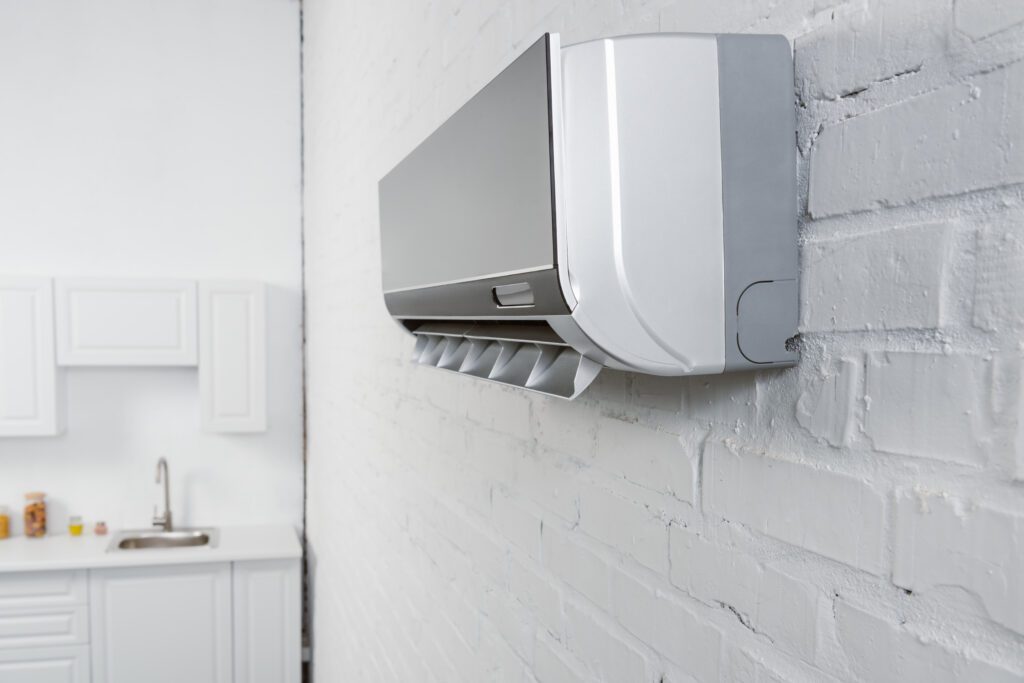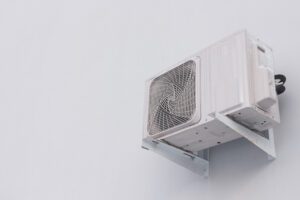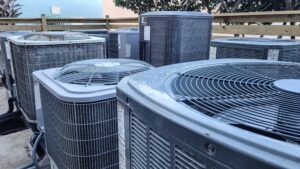Indoor air quality is a critical aspect of our health and well-being, especially as we spend a considerable amount of time indoors. Thankfully, there are simple yet effective ways to use your HVAC system to keep the air in your home fresh and clean. Here are some smart tips to help you breathe easier.
1. Choose the Right HVAC Filters
The first step to improving indoor air quality is to use the right filters. High-efficiency filters can capture more dust, pollen, and other airborne particles, leading to cleaner air. When selecting a filter, consider HEPA filters, which can remove at least 99.97% of airborne particles, offering a comprehensive solution for filtering out allergens and contaminants. Don’t forget to replace your filters every 1-3 months to maintain efficiency and ensure optimal performance. Regular filter changes prevent the buildup of debris that can recirculate pollutants back into your living spaces.
In addition to HEPA filters, consider those with a MERV rating between 8 and 13. The higher the MERV rating, the better the filter is at capturing smaller particles. This is particularly important if you have family members with allergies or respiratory conditions. For more information on selecting the right filter, refer to our comprehensive guide on filter efficiency.
2. Schedule Regular Maintenance
Regular HVAC maintenance ensures that your system is running efficiently and effectively. A well-maintained system can better filter out impurities and provide cleaner air. Scheduling a professional inspection annually allows technicians to identify any issues before they become major problems. This not only helps in enhancing indoor air quality but also extends the lifespan of your HVAC system.
Maintenance tasks often include cleaning the coils, inspecting the ducts, and ensuring that all components are functioning correctly. Regularly cleaned and well-maintained HVAC systems are less likely to overwork and circulate dust and dirt. For detailed steps on HVAC upkeep, check out our maintenance tips from our experts.
3. Use a Smart Thermostat
Smart thermostats can help you maintain optimal indoor conditions. They allow you to control humidity levels and keep your system running when needed, ensuring consistent air quality. Moreover, smart thermostats can learn your schedule and adjust the temperature automatically, optimizing energy use and improving comfort. Many modern units also offer compatibility with smart home systems, enabling voice control or app management from anywhere.
For instance, integrating a smart thermostat can lead to better temperature regulation, which helps in minimizing humidity and reducing the likelihood of mold growth. If you’re interested in smart HVAC solutions, explore our detailed insights for even more benefits.
4. Clean Vents and Ducts
Over time, dust and debris can accumulate in your HVAC vents and ducts. Regular cleaning can prevent these particles from being recirculated into the air you breathe. It’s a good idea to have your ducts inspected and cleaned by professionals every few years. This can help eliminate pollutants that contribute to poor indoor air quality.
Moreover, keeping vents and ducts clean ensures that your HVAC system operates more efficiently, thus lowering energy costs. Regularly vacuuming and dusting around vents can further reduce the amount of dust entering the system. To learn more about the importance of duct cleaning, read our article on improving air quality.
5. Consider an Air Purifier
Air purifiers can work alongside your HVAC system to remove additional contaminants from the air. They are particularly useful for homes with pets or residents with allergies. Look for purifiers with HEPA filters and activated carbon, which can absorb odors and VOCs in addition to trapping particles.
There are various types of air purifiers available, including UVGI (Ultraviolet Germicidal Irradiation) purifiers, which use UV light to kill bacteria and viruses. Hybrid purifiers combine technologies like HEPA filtration and UV-C light for comprehensive air purification. Placing these devices in frequently used rooms, such as living areas or bedrooms, can maximize their effectiveness. For more detailed information, refer to these effective air purifier solutions.
6. Monitor Humidity Levels
Maintaining the right humidity levels is crucial for indoor air quality. High humidity can lead to mold growth, while low humidity can result in dry air. A smart HVAC system can help you keep these levels in check, typically maintaining them between 30-50% for optimal air quality. Using dehumidifiers in moisture-prone areas like basements and humidifiers in dry zones can help balance levels throughout your home.
Keeping humidity in the ideal range reduces the proliferation of mold, dust mites, and other allergens. Additionally, it prevents damage to wood furniture and structural elements in your home. Learn more about managing indoor humidity in our detailed guide on humidity control.
7. Upgrade to Energy-Efficient HVAC Systems
Modern, energy-efficient HVAC systems are designed to provide better air filtration and control. Upgrading to a newer system can be a worthwhile investment for your indoor air quality. These systems often come with advanced features like variable speed fans, which allow for more precise temperature control and reduced energy usage.
Energy-efficient systems not only improve air quality but also lower utility bills and have less environmental impact. By ensuring your system is properly sized and installed by professionals, you enhance its effectiveness and longevity. For more information about innovative and efficient HVAC options, visit our smart HVAC solutions.



